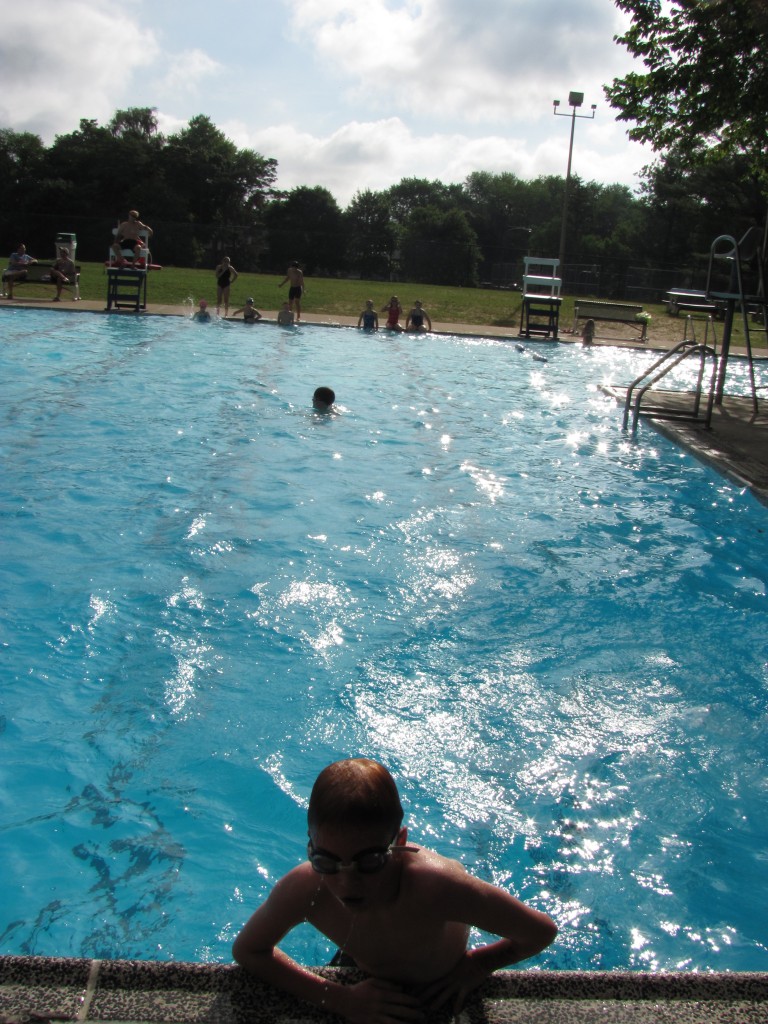So summer is upon us. Swim Safety First with Pools, Lakes, Ponds, and Beach. My summer includes many hours at the pool. Swim Safety We all know there are people who leave there kids alone at the local pool. I ask that we all help the lifeguards out by keeping your eyes open. It takes a village :
Here are some Swim Safety signs of drowning and what it looks like it is not what you would think:
Characteristics of the Instinctive Drowning Response:
1. Except in rare circumstances, drowning people are physiologically unable to call out for help. Th e respiratory system was designed for breathing. Speech is the secondary, or overlaid,function. Breathing must be fulfilled, before speech occurs.
2. Drowning people’s mouths alternately sink below and reappear above the surface of the water. The mouths of drowning people
are not above the surface of the water long enough for them to exhale, inhale, and call out for help. When the drowning people’s
mouths are above the surface, they exhale and inhale quickly as their mouths start to sink below the surface of the water.
3. Drowning people cannot wave for help. Nature instinctively forces them to extend their arms laterally and press down on the water’s surface. Pressing down on the surface of the water,permits drowning people to leverage their bodies so they can lift their mouths out of the water to breathe.
4. Throughout the Instinctive Drowning Response, drowning people cannot voluntarily control their arm movements. Physiologically, drowning people who are struggling on the surface of the water cannot stop drowning and perform voluntary movements such as waving for help, moving toward a rescuer, or reaching out for a piece of rescue equipment.
5. From beginning to end of the Instinctive Drowning Response people’s bodies remain upright in the water, with no evidence of a supporting kick. Unless rescued by a trained lifeguard, these drowning people can only struggle on the surface of the water
from 20 to 60 seconds before submersion occurs.
The information above is from On The Scene Mag 2006– The US coast guard is not responsible for anything written in this post.
Some of my personal swim safety rules:
- No running
- No shoulder rides
- No rides on backs
- No holding anyone under water (this will get you thrown out of our pool)
- No hanging (little kids do this to adult.. but kids to kids should not be tolerated)
- Jump from edge feet first only
- No jumping on stuff (it moves heads get cracked)
- No Jump
- No flips in to pool
- No diving unless a diving board
- No flip over inflatable boats and be underneath
- No glass bottles
- Life jackets must be worn on boats
- Even teens and adults must wear life jackets in deep water that is over there head lead by example (like even deep 15ft lakes)
- Listen to what the other kids are say , stop splashing when they say so
- No strings or long necklaces they can get caught under water
- No holding anyone under water (this will get you thrown out of our pool)
- Let parents always know where you are.
I do recommend getting Goggles for all kids makes swimming easier. For kids who wear glasses swimoutlet.com sells prescription goggles for under $10 so worth it, you will need to ask Eye Doctor for basic. prescription increment +1 +2 ect.. . to get the kids swimming.
Please have a healthy and Happy Summer and be safe!
Please Share this with as many or your friends on FB and in emails it is important to spread the word!
Disclaimer: The opinion states in this post are mine. I disclose I am not an expert and these opinions are of my own I am not responsible for the actions of children and or caregivers.
